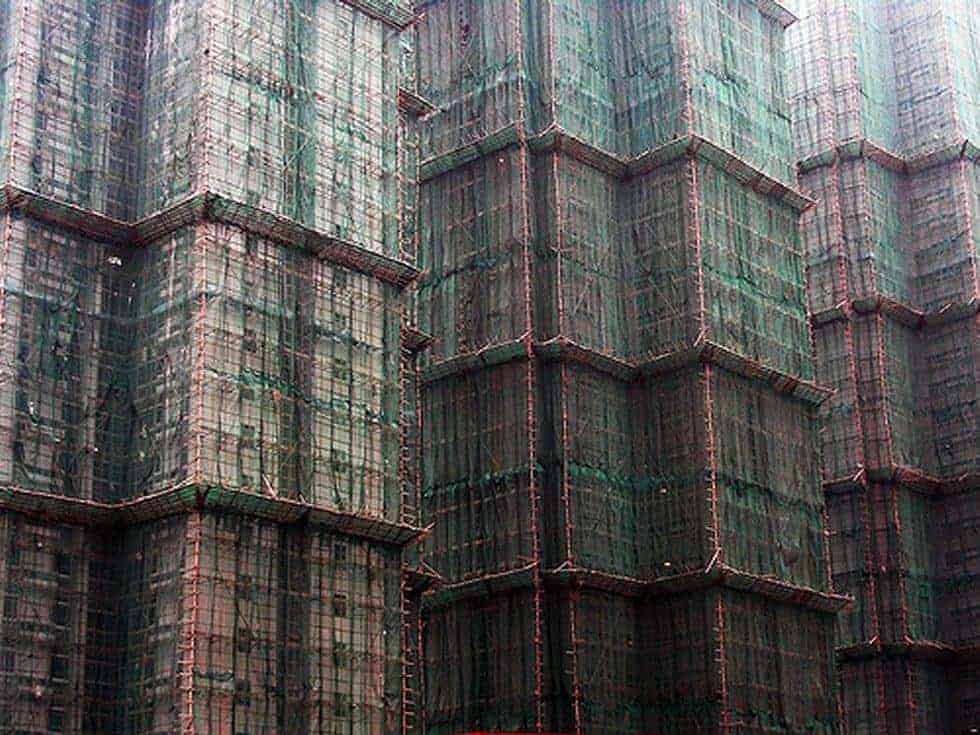The NASC is implementing the use of black and yellow hazard tape on scaffolding in areas open to pedestrian traffic.
The National Access & Scaffolding Confederation (NASC) yesterday released a statement regarding implementing the use of black and yellow hazard tape on scaffolding in areas open to pedestrian traffic – following safety advice from the Royal National Institute for the Blind (RNIB).
The move comes after the NASC’s Health & Safety Committee – working closely in partnership with theUK Contractors Group (UKCG) and Health & Safety Executive (HSE) – received data from the RNIB clearly stating it is much easier for visually impaired people to see black & yellow tape, rather than the commonly used red & white tape.
Following the release of the RNIB data, the NASC, UKCG and HSE are suggesting all members should switch to using black and yellow hazard tape – as the standard in areas open to pedestrians – as soon as possible. And, as part of an education and awareness program, the NASC has also made The Highways Authorities aware of this information and asked for their co-operation in order to facilitate an efficient, orderly change over.
NASC’s Health & Safety Committee Chairman, Adrian Rooney, said:
“We are very pleased to be given such clear data from the RNIB, making our decision to switch to a safer, more visible hazard tape clear and simple. Safety of the public is of paramount importance to the NASC and our members. In addition to being more visible to those with impaired vision, black and yellow tape is also less associated with danger (unlike the current red and white tape), and is more associated with a hazard. We are confident the move will reduce the risk of accidents. Naturally, the NASC recognises the time scale for current red and white stocks to expire and suppliers to restock with the new black and yellow will delay implementation. But we would ask members to make this change as soon as possible and encourage the development of this practice throughout the Construction Industry.”


